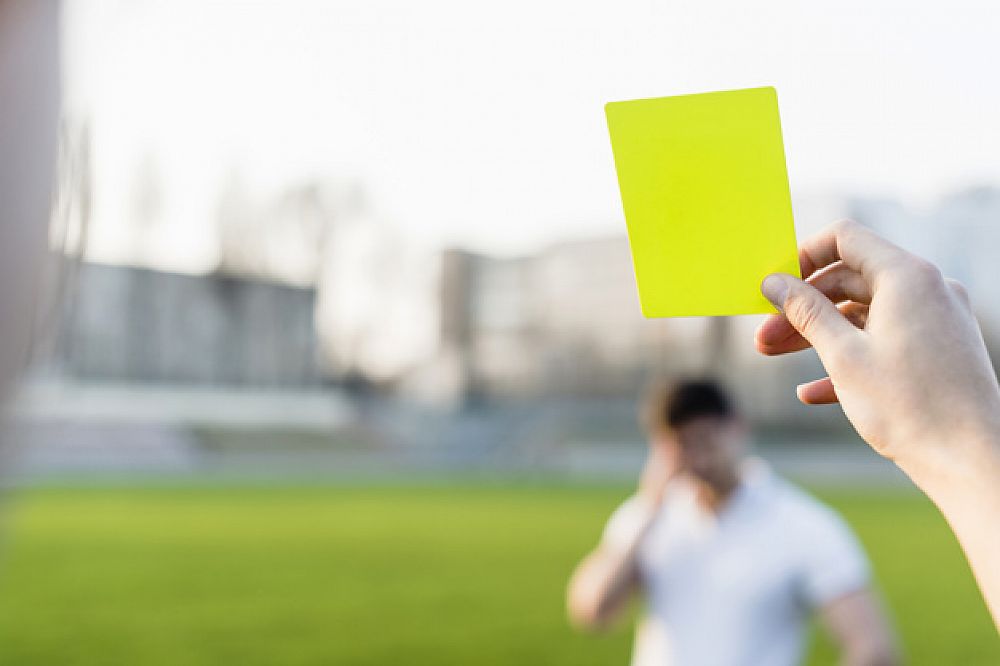The Unpredictable Side of Punishing a Student

In today's society, education is an irrevocable tool for people who want to develop, change and renew themselves. Therefore, the importance of education is increasing day by day in all age ranges. Education is the process of developing an individual's personality by changing his/her behavior positively. In addition to correcting and changing negative behaviors, the idea of gaining positive behaviors to an individual is the main basis of education.
Table of Contents
Punishment in a Modern Classroom
Are there any positive aspects?
Do you want to teach English abroad? Take a TEFL course!
This post was written by our TEFL certification graduate Elif Ece A. Please note that this blog post might not necessarily represent the beliefs or opinions of ITTT.
Preventative Care
Good organizing and maintenance of the education and training process in the classroom can also prevent the emergence of negative behaviors in the classroom. In general, unwanted behaviors are the irritating actions that prevent educational efforts in the classroom and cause disruptions in the conduct of classroom activities. As in all stages of the education process, teachers have a great responsibility in preventing these negative actions of students.
It is possible to observe significant or insignificant unwanted student behavior in almost any classroom. Teachers' professional understanding is important for identifying any behavior as a problem. Because, if the teacher builds his/her professional understanding of an authoritarian attitude, he/she may react harshly even to the mistakes of innocent students in the classroom.

Also Read: "What do You Need to Teach English in Europe?"
Punishment in a Modern Classroom
Nowadays, the punishment of the student is chosen often by teachers to reduce or eliminate the inappropriate behaviors of the students. As a teacher, punishment is the issue of a repulsive stimulus towards behavior or withdrawing a good stimulus from the environment. The repulsive stimulus used for punishment affects the student physically and emotionally in a negative way. Another drawback of the punishment is that the person who punishes somebody is a bad model for the student. The student shows the same behavior when he/she gets angry by imitating the teacher who punishes himself. In other words, he learns to be aggressive.
Also Read: How do I choose a TEFL course?
Why is it Bad?
Punishment is used by teachers frequently because it prevents negative behavior quickly and also it is easy to implement. However, according to the articles I have read, today's psychologists and educators argue that punishment has many negative side effects on the student. Punishment often causes more undesirable behavior than before because these unwanted behaviors were suppressed. When the student exposes a threatening environment created by the punishment, student's behavior emerges again and even more severe in some cases.
Apart from the possible aggravation of these behaviors, the student's desire to learn can incur permanent damages. Even worse, the student can completely through with the course by alienating from the education he/she has taken. Rather than arousing disgust and hatred towards the student, it may be a more logical way to inform the headmaster about the student's situation for his or her inappropriate behaviors. Then, further actions can be done by school management or the student's family.

Also Read: 7 Important Questions about Business English
Are there any positive aspects?
Despite all these negative aspects, in some rare cases, the teacher has to use the punishment technique. In particular, punishment is inevitable when the student tries to harm other students. But as I said, such cases are very rare but not impossible. For example, it can be said ''you are unfair to your friend by disturbing and talking during the lesson'' to a student talking to a friend in the classroom and disrupting the course, or the place of student can be changed and placed in a somewhere different where the teacher can control and monitor more easily. In my experience, the best punishment for a student is warning him/ her with soft words.
Consequently, in cases where the appropriate behavior is not important enough or if it does not harm the student or his/her friends, and if the inappropriate behavior of the student is desired to be changed positively, it should be preferred to ignore the behavior instead of punishing the student. In my personal opinion, ignoring the negative behavior, especially to attract attention is very effective in the extinction of the behavior. If the teacher desire to develop normal behavior instead of the inappropriate behavior, the behaviors of the student should be observed while ignoring the unwanted behaviors.
Also Read: "How Using Songs May Be Beneficial for Your Teaching"
Do you want to teach English abroad? Take a TEFL course!
Also, a pleasant stimulus should be provided to the student when the student starts to end these inappropriate actions and shows normal behavior. At all these stages, the teacher should monitor the student patiently and with great interest, and draw a path accordingly. As a teacher trained in the field of student psychology, punishment is by no means an encouraging and sustainable action.
Apply now & get certified to teach english abroad!
Speak with an ITTT advisor today to put together your personal plan for teaching English abroad.
Send us an email or call us toll-free at 1-800-490-0531 to speak with an ITTT advisor today.
Related Articles:
- Can I teach English as a foreign language in Russia?
- How much can I earn teaching English in Russia?
- The 10 Best Destinations for Teaching English Abroad in 2018
- The Best Government Programs For Teaching English Abroad
- The Top 5 TEFL Destinations For Adrenaline Junkies and Adventure Seekers
- What Scams to Look Out for When Looking for TEFL Jobs



